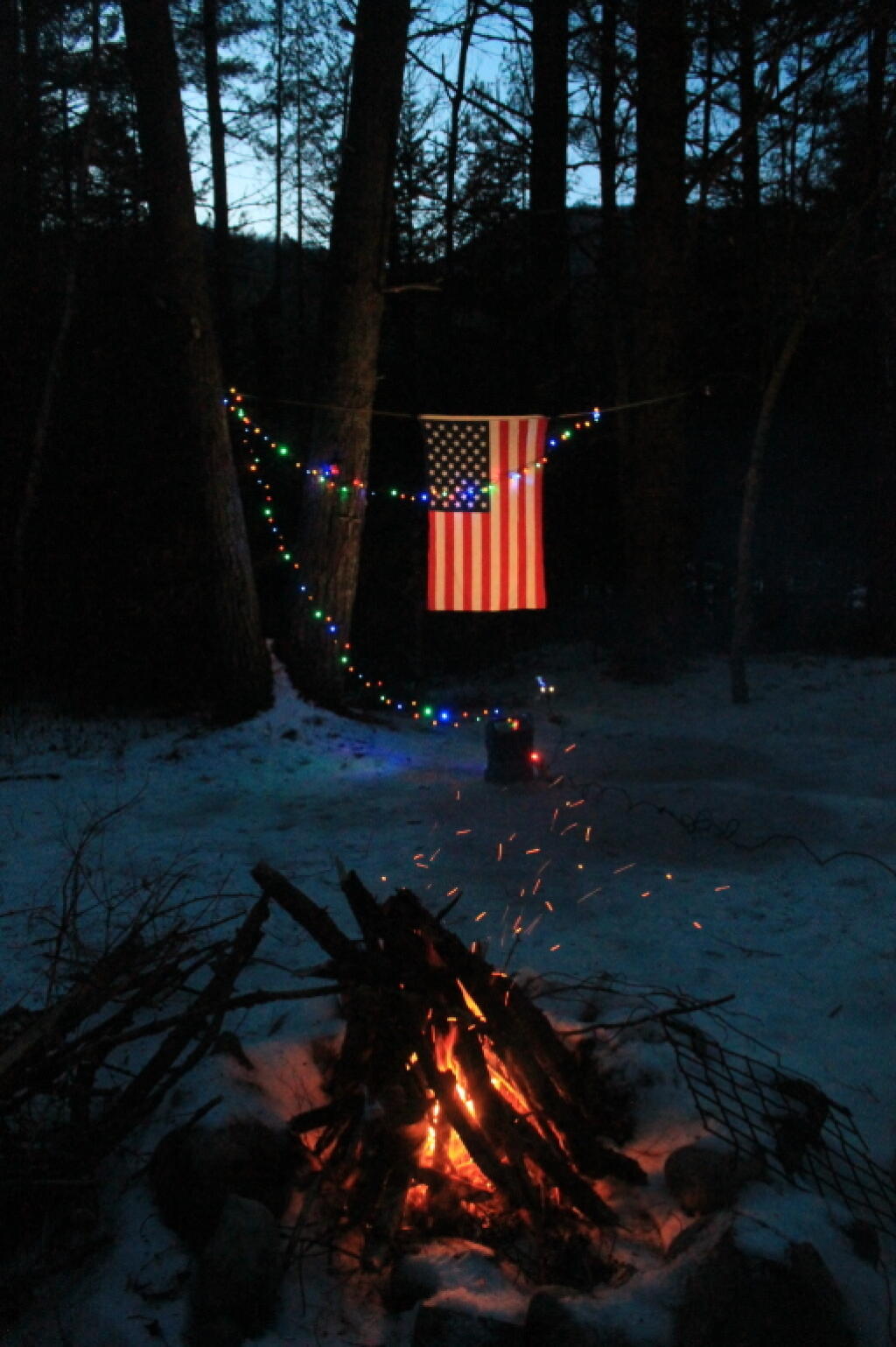The High Pressure Sodium Light: Ubiquitous, effective, but good?
Ever wonder why street lights are orange? For such a fast-paced world technology-wise, it seems somewhat odd that we are still using such a strange color of light for outdoor lighting. Well it turns out it is still a pretty good light source, though with limited use and perhaps a not-so-obvious flaw.
Here’s What *Not* to Do to Your Small-Town Main Street
A few years ago I was driving home from Christmas with the in-laws in Pennsylvania, when a monstrous slowdown on I-95 in South Carolina sent me on a multi-hour detour along parallel roads. Passing through the historic downtown of Bamberg, I slammed on the brakes to gawk in disbelief at what I was seeing.
It was several blocks of almost picture-perfect, classic Southern American urbanism. Gorgeous old brick buildings made only more appealing by the patina of age; a delightfully granular mix of narrow storefronts lining the sidewalk creating visually enticing edges to stroll; festive Christmas wreaths on the lamp posts just as in the Google Street View image here.
The catch: nearly every single storefront was vacant. It was like being in a ghost town, only Bamberg is still very much inhabited.
I mostly forgot about the place until a photo of the exact same town popped up on Twitter, and I just had to comment. You see, there’s one very obvious clue to what went wrong in Bamberg, South Carolina. It’s plainly visible when you drive through, and it’s the other reason I gawked (besides the historic beauty).
Bamberg, at some point, seems to have decided its Main Street should be a limited-access highway. In order to speed up the flow of cars on US-301, they’ve not only streamlined and widened the road; they’ve also cordoned off the narrow sidewalks behind wrought-iron railings, ensuring that nobody will cross the street on foot and slow down drivers.
One benefit to living in inflationary times is it will make it easier to kill stupid ideas put forward by the government and industry — they will get too expensive due to cost over runs, and end being canceled
One benefit to living in inflationary times is it will make it easier to kill stupid ideas put forward by the government and industry — they will get too expensive due to cost over runs, and end being canceled.
NPR
Surging prices are steadily chipping away at Americans' buying power – as well as President Biden's approval rating.
The Labor Department reported Wednesday that consumer prices were 6.2% higher in October than a year ago. That's the sharpest increase since November of 1990.
Price increases were widespread, with energy, shelter, food and vehicles all costing more. Excluding volatile food and energy costs, prices were up 4.6%
Much of the upward pressure on prices is the result of a mismatch between booming demand and limited supply, as businesses struggle to find both parts and workers.
Many employers have increased pay in order to attract more workers. But growing paychecks have quickly been eroded by the rising cost of gas and groceries.
Light dusting of this morning
Railing
Along Horseshoe Clove.
Taken on Tuesday November 25, 2003 at John Boyd Thacher State Park.

